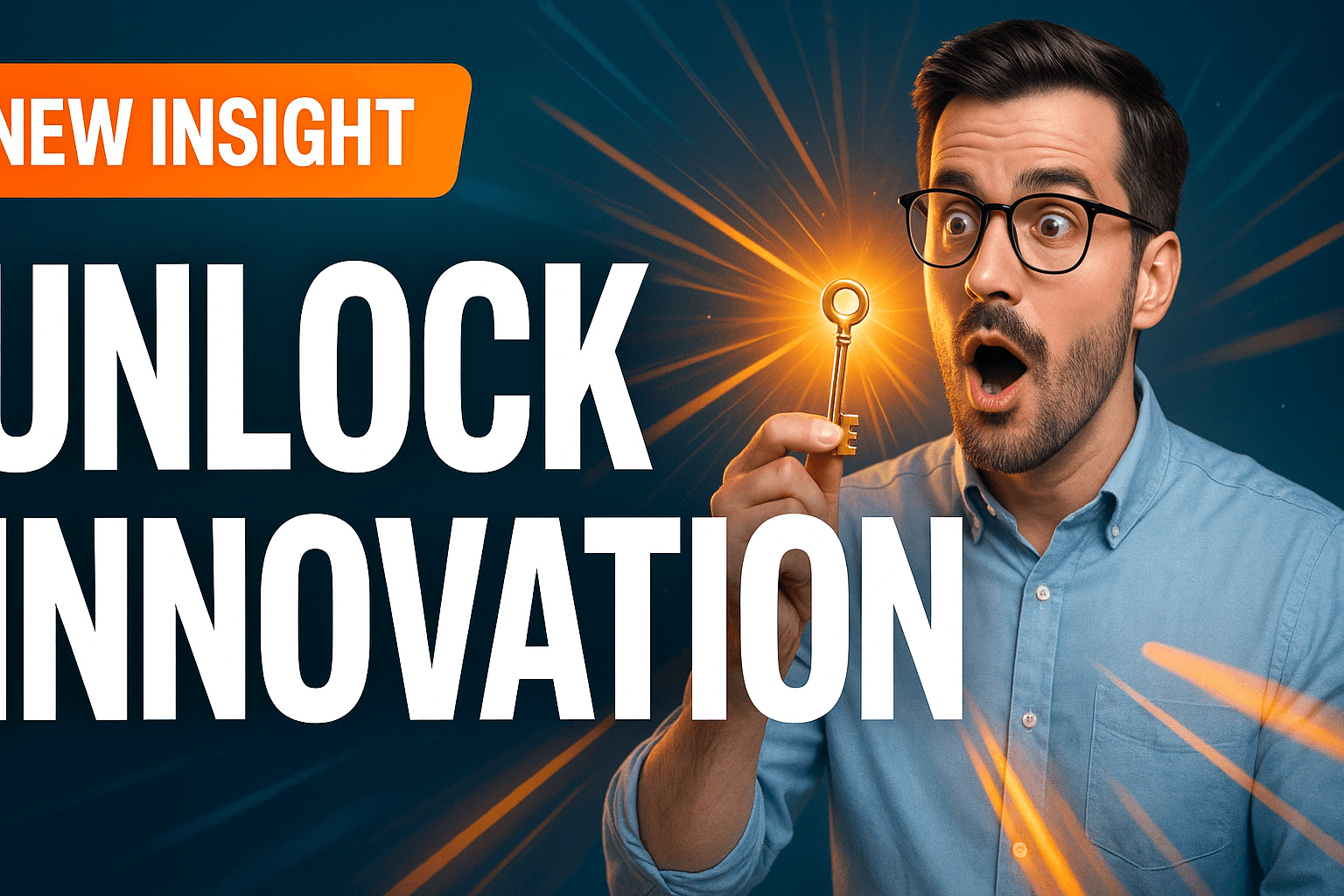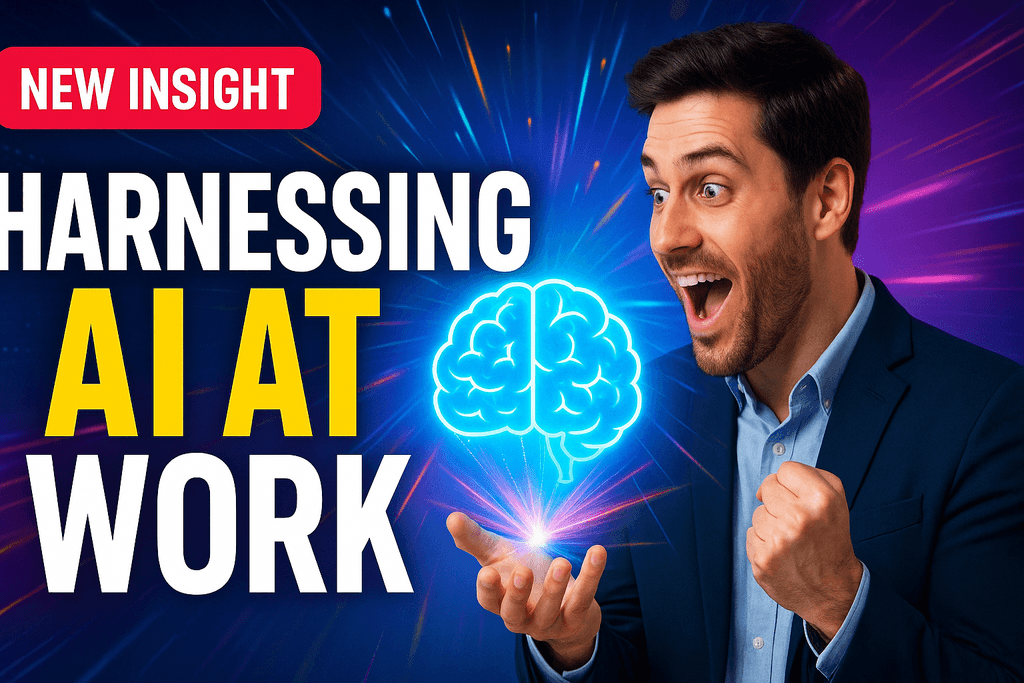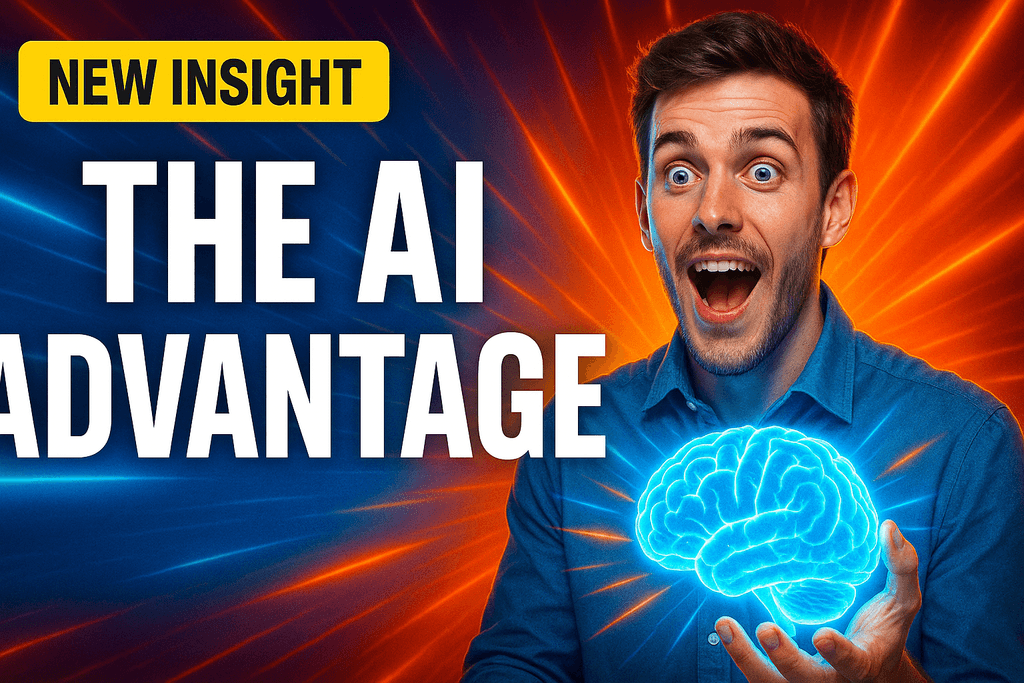
Table of Contents
Introduction: The AI Agent Revolution in Modern Software Development
Artificial Intelligence has fundamentally transformed how we approach software development. AI agents stand at the center of a technological revolution that enables developers to create sophisticated automation solutions capable of autonomous learning and adaptation. These intelligent systems go far beyond simple chatbots – they are comprehensive digital assistants that understand complex business processes and optimize them independently.
In today's digital landscape, companies must respond to market changes faster than ever before. AI agents provide the perfect solution: they work 24/7, continuously learn from data, and automatically adapt to new requirements. From automated customer service to intelligent data analysis – the possibilities are virtually limitless.
This comprehensive guide shows you how to successfully develop, implement, and optimize AI agents. We cover proven programming practices, modern frameworks, and practical application examples that you can immediately implement in your projects.
AI Agent Development Fundamentals: Architecture and Core Components
Developing effective AI agents begins with understanding their fundamental architecture. A modern AI agent consists of several core components working seamlessly together: the perception module that processes inputs from various sources, the decision module that plans actions based on machine learning algorithms, and the action module that executes the planned measures.
The RAG system (Retrieval-Augmented Generation) forms the backbone of modern AI agents. It enables agents to access extensive knowledge databases and utilize this information in real-time. At Orbitype, we rely on custom RAG systems that automatically feed from company data and continuously learn.
Another critical aspect is state management. AI agents must be able to maintain context across multiple interactions. Modern frameworks like LangChain and AutoGen provide robust solutions that automate memory management and conversation tracking.
The integration of various APIs is equally crucial. Successful AI agents can communicate with email systems, databases, CRM platforms, and external web services. This enables them to automate complex workflows and serve as a central interface for various business processes.
Programming Languages and Frameworks: Best Tools for AI Agent Development
Python continues to dominate as the leading language for AI agent development. The extensive library ecosystem with TensorFlow, PyTorch, scikit-learn, and agent-optimized frameworks makes Python the first choice. Particularly noteworthy are LangChain for orchestrating language models and CrewAI for multi-agent systems.
JavaScript/TypeScript is gaining increasing importance, especially for web-based AI agents. Frameworks like Vercel AI SDK and LangChain.js enable seamless integration of AI functionalities into modern web applications. This is particularly relevant for companies wanting to integrate their AI agents directly into existing web platforms.
For enterprise solutions, Java with Spring AI offers a robust alternative. Strong typing and mature infrastructure make Java ideal for scalable, mission-critical AI applications.
A particularly innovative approach is using low-code platforms like Orbitype. These enable developing AI agents without extensive programming knowledge while maintaining full flexibility and performance of professional solutions. With automatically generated admin interfaces and APIs, developers can focus on business logic while the platform provides the technical infrastructure.
Best Practices for Robust AI Agent Implementation
Implementing robust AI agents requires attention to specific best practices that go beyond conventional software development. Error handling is particularly critical since AI models can produce unpredictable outputs. Always implement fallback mechanisms and validation layers that ensure your agent functions stably even with unexpected inputs.
Prompt engineering is an art in itself. Structured prompts with clear instructions, examples, and output formats lead to more consistent results. Use template systems like Jinja2 or handlebars to make prompts dynamic and maintainable. At Orbitype, we've found that iterative prompt optimization can improve agent performance by up to 40%.
Monitoring and logging are indispensable. Implement comprehensive telemetry that captures not only technical metrics but also business metrics. Tools like Weights & Biases or custom dashboards help continuously monitor your agents' performance and identify optimization potential.
Security must not be neglected. Implement input validation, rate limiting, and secure API communication. Especially for agents accessing sensitive company data, encryption and access controls are essential.
Practical Examples: Successful AI Agent Implementations Across Industries
E-Commerce and Customer Service: Modern online shops deploy AI agents for automated customer service. These agents can handle product inquiries, check order status, and even resolve complex complaints independently. A typical agent integrates with existing CRM systems and can access product databases, inventory levels, and customer histories.
Human Resources and Recruiting: AI agents are revolutionizing recruitment through automated candidate search and outreach. They search job portals, analyze job postings, and identify suitable candidates. Subsequently, they conduct automated outreach campaigns and manage the entire recruiting process in integrated CRM systems.
Property Management: In real estate management, AI agents automate task and document management. They handle tenant inquiries, automatically create contracts and certificates, and coordinate maintenance appointments. Integration with existing property management systems enables seamless workflows.
Content Marketing: Social media management is being revolutionized by AI agents that automatically create relevant content, optimize posting schedules, and respond to customer interactions. These agents learn from the company knowledge database and adapt their writing style to brand identity.
Scaling and Performance Optimization of AI Agents
Scaling AI agents requires thoughtful architectural decisions from the beginning. Microservices architectures have proven particularly effective as they enable independent scaling of individual agent components. Container technologies like Docker and Kubernetes provide the necessary flexibility for dynamic load distribution.
Caching strategies are critical for performance. Implement multi-tier caching systems: in-memory cache for frequent requests, Redis for session-based data, and CDN solutions for static content. In RAG systems, vector caching can significantly improve response times.
Asynchronous processing is essential for scalable agents. Use message queues like RabbitMQ or Apache Kafka to decouple time-consuming operations from the main thread. This enables agents to process multiple requests in parallel without impacting user experience.
Optimization of AI models themselves offers enormous potential. Techniques like model quantization, pruning, and knowledge distillation can reduce inference time by up to 80% without significant quality losses. For production environments, you should deploy specialized inference servers like NVIDIA Triton or TensorFlow Serving.
Future Trends and Emerging Technologies in AI Agent Development
Multi-agent systems represent the next evolutionary stage in AI agent development. Frameworks like CrewAI and AutoGen enable creating teams of specialized agents that work collaboratively on complex tasks. One agent might be responsible for research while another analyzes results and a third creates the final presentation.
Agentic RAG extends conventional RAG systems with proactive capabilities. Instead of just responding to queries, these agents can independently identify relevant information, recognize knowledge gaps, and proactively suggest improvements. This leads to a new generation of knowledge management systems.
Edge AI and local processing are gaining importance, especially for privacy-sensitive applications. Modern edge devices can already run powerful AI models, opening new possibilities for decentralized agent architectures.
The integration of computer vision and NLP in a unified agent framework enables multimodal applications. Agents can simultaneously analyze texts, interpret images, and make decisions based on both information sources.
Low-code/no-code platforms like Orbitype are democratizing AI agent development. They enable even non-technical teams to create powerful agents while benefiting from automatically generated APIs, dashboards, and deployment pipelines.
Conclusion and Outlook: The Path to Successful AI Agent Implementation
AI agent development has evolved from an experimental research field to a business-critical technology. Companies investing in AI agent technologies today are positioning themselves for the digital future and can already realize significant efficiency gains.
The key to success lies in a systematic approach: start with clearly defined use cases, choose the right tools and frameworks, and implement robust monitoring and security mechanisms. Modern platforms like Orbitype significantly accelerate this process by abstracting technical complexity and enabling developers to focus on business logic.
The future belongs to multi-agent systems that can collaboratively solve complex tasks. Companies should start preparing their data infrastructure and processes today for this next generation of AI systems.
Invest in training your teams, experiment with different frameworks, and start with small, measurable projects. The AI agent revolution has just begun, and companies that act now will reap the greatest benefits.
Sources and Additional Resources
Technical Frameworks and Tools:
- LangChain - Framework for Language Model Applications
- CrewAI - Multi-Agent Orchestration Platform
- AutoGen - Microsoft's Multi-Agent Framework
- Vercel AI SDK - JavaScript/TypeScript AI Integration
- Spring AI - Enterprise Java AI Framework
Cloud Platforms and Services:
- Orbitype - Agentic Cloud OS for AI Agent Development
- OpenAI API - GPT Models and Assistants
- Anthropic Claude - Advanced Language Models
- Google Vertex AI - Machine Learning Platform
Monitoring and Analytics:
- Weights & Biases - ML Experiment Tracking
- LangSmith - LangChain Debugging and Monitoring
- Arize AI - ML Observability Platform
Further Reading:
- "Building LLM Applications for Production" - Chip Huyen
- "Designing Data-Intensive Applications" - Martin Kleppmann
- "Artificial Intelligence: A Guide for Thinking Humans" - Melanie Mitchell




















.png&w=1024&q=80)

